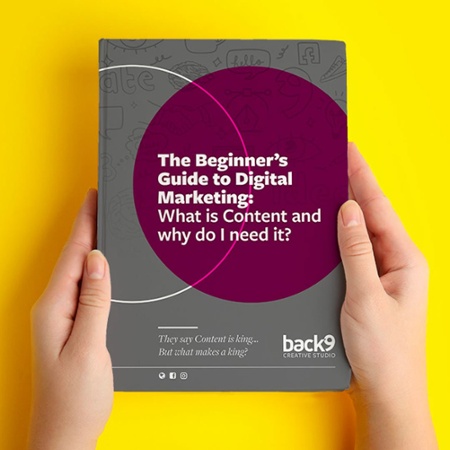In today’s digital world, there are a million and one ways to market your business. But with so many options, it can be tough to know where to start—or more importantly, what will actually work. That’s why we’ve compiled a list of five digital marketing strategies that are guaranteed to get results. So whether you’re looking to increase brand awareness, drive traffic to your website, or boost online sales, these tried-and-true tactics will do the trick.
1. Search Engine Optimization (SEO)
If you want people to find your business when they search for relevant keywords online, you need to make sure your website is optimized for search engines. This means including those keywords in your website copy, as well as in your titles, tags, and descriptions. SEO can be a complex topic, but there are plenty of resources out there to help you get started. Once you’ve got a handle on the basics, you’ll be well on your way to boosting your website’s visibility. That means more website traffic will be coming your way. SEO should be right up there as one of your digital marketing strategies.

2. Pay-Per-Click Advertising (PPC)
PPC is key to seeing results from your digital marketing strategy. PPC (such as Google Ads)is a form of advertising that allows you to pay for top placement on search engine results pages (SERPs). In other words, when someone searches for a keyword that’s relevant to your business, your ad will appear at the top of the SERP. Yep, that’s right even above the organic results. And because you only pay when someone actually clicks on your ad, PPC can be an effective and affordable way to reach your target audience. Just be sure to set clear goals before getting started. Then keep an eye on your budget so you can measure your ROI.
PPC is a skilled discipline and you may be asking Can I manage Google Ads myself? Well, in short, you can, but also want to consider talking to an expert first. PPC is a minefield if you don’t know what you’re doing and that can result in disaster. Step on a mine and your budget could blow up! And not in a good way…

3. Social Media Marketing
With over 3 billion active social media users worldwide, there’s no denying the power of social media marketing. But with so many platforms out there—Facebook, Twitter, Instagram, Snapchat, LinkedIn—it can be tough to know where to focus your efforts when it comes to your digital marketing strategy. The best bet is to start with the platform where your target audience is most active and go from there. Once you’ve established a presence on one or two platforms, you can start experimenting with other channels until you find what works best for your business. And don’t forget to start with a plan for your social media. This will help you plan and post engaging content that speaks to your brand identity. Bland ‘same-same’ or ‘me too posts won’t cut it in today’s social media-savvy world.
4. Email Marketing
Email may not be the newest or sexiest marketing tactic out there, but it’s still one of the most effective ways to reach and engage with customers. Whether you’re sending out a monthly newsletter or promotional offers for new products or services, email provides a direct line of communication between you and your customers. Plus, it’s relatively inexpensive and easy to get started—two more reasons why email should definitely be part of your digital marketing strategy. Just be sure not to bombard people with too many messages or they’ll quickly tune out. A few times a month is usually sufficient.
5. Content Marketing
Last but not least is content marketing. If you want people to keep coming back to your website or blog (and we’re guessing you do), then you need compelling content that addresses their needs and interests. That could mean anything from blog posts and articles to infographics and videos—as long as it’s original and well-written (or well-produced), it’ll do the trick. Not sure where to start? Check out some of our favorite examples of awesome content marketing for inspiration.

Digital Marketing Strategy is Hard
When it comes to digital marketing, there is no silver bullet! There are endless digital marketing strategies out there vying for attention—but these ones actually work! That’s if you’re willing to put in the investment. Whether that’s time – learning all these things is time-consuming, or whether you’re prepared to pay an expert. Or even better, a team of experts. Make no mistake, if you’re looking for tactics that will help increase brand awareness, drive traffic to your website, or boost online sales, then look no further than these five strategies. SEO, PPC, social media marketing, email marketing, and content marketing work – if done well! Implement them individually or in tandem—either way, you’re guaranteed to see real results. Results that will take your business up a notch (or two…or three). So what are you waiting for? Get started today!















